| Internal Ports |
|
| External Uplink Ports |
|
| Type |
|
| Switching Capacity |
|
| Trunking |
|
| Jumbo Frame Support |
|
| Remote Management |
|
| Protocols |
|
| OS |
|
| Download |
Product Category: Networking
SBM-XEM-F8X4SM (FCoE)
| Internal Ports |
|
| External Uplink Ports |
|
| Type |
|
| Switching Capacity |
|
| Trunking |
|
| Jumbo Frame Support |
|
| Remote Management |
|
| Protocols |
|
| OS |
|
| Download |
|
SBM-XEM-X10SM
High-Performance, High Density, Advanced Switching Capabilities for Meeting 10-Gigabit Ethernet Networking Requirements scaling from Small Business to the Enterprise
SBM-XEM-X10SM is a 10-Gigabit Ethernet layer 2/3 Switch module developed specifically for use in the Supermicro SuperBlade® system. It offers advanced switching features and connection to 10-Gigabit Ethernet networks. Internally it connects to the SuperBlade through a one- or two-port mezzanine add-on-card Externally there are up to ten 10-Gb/s uplink connections (four in the TwinBlade® system). It also has two internal Ethernet paths to the CMM(s) to allow configuration, management, and control of the switch and its ports through a browser-based management interface. In addition to the Web-based GUI, it offers a CLI for enhanced flexibility in switch management and control.
